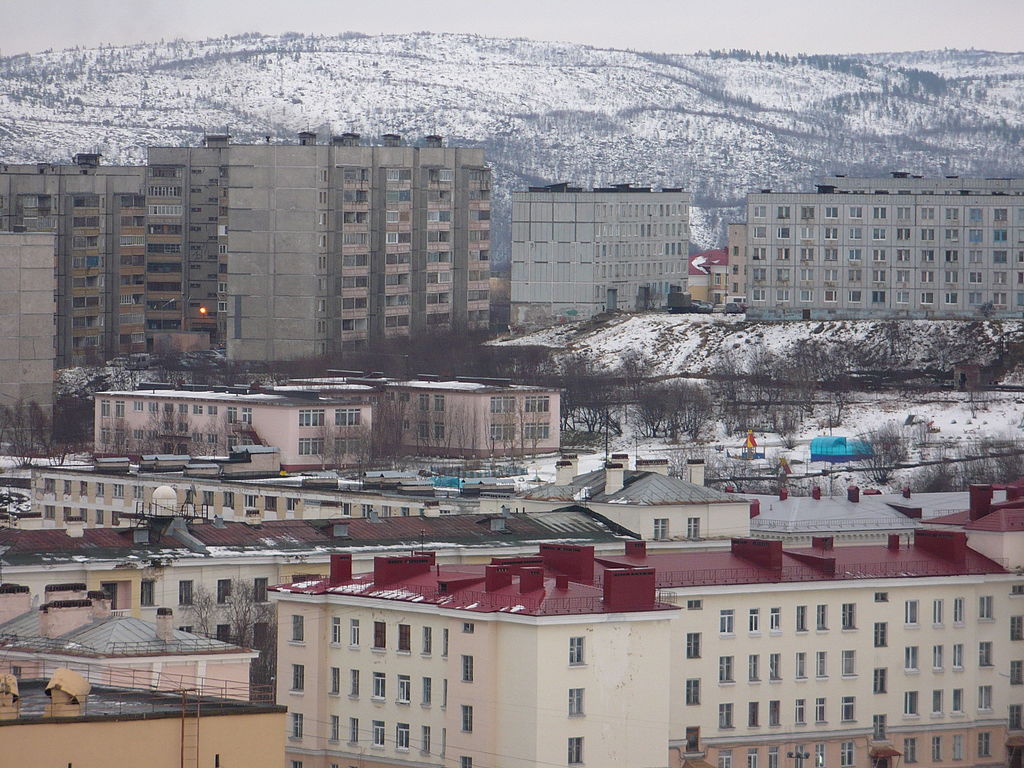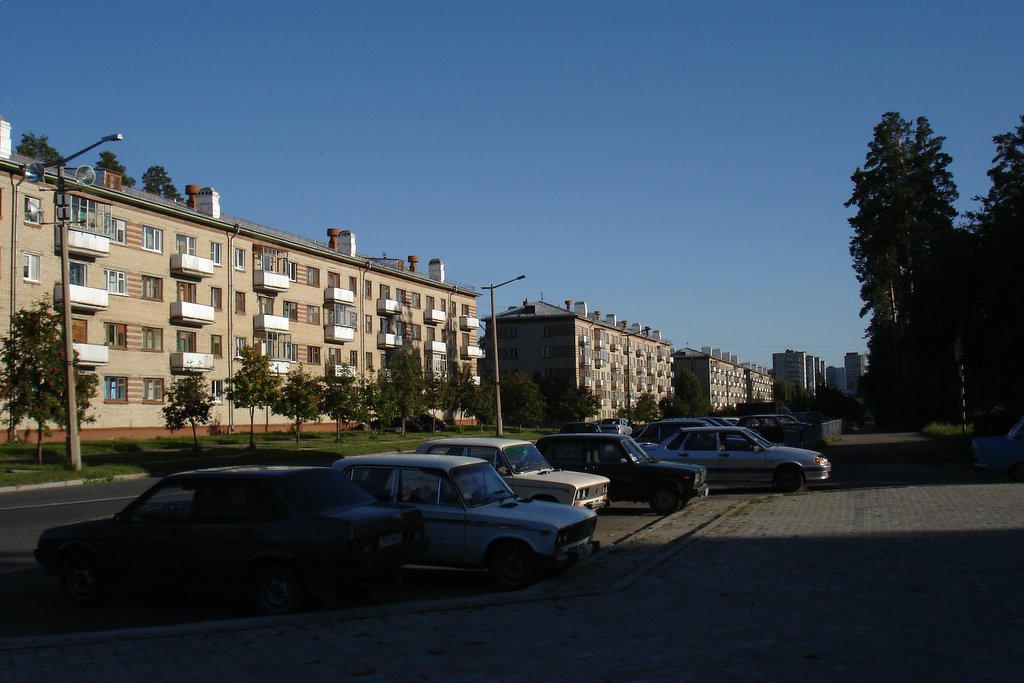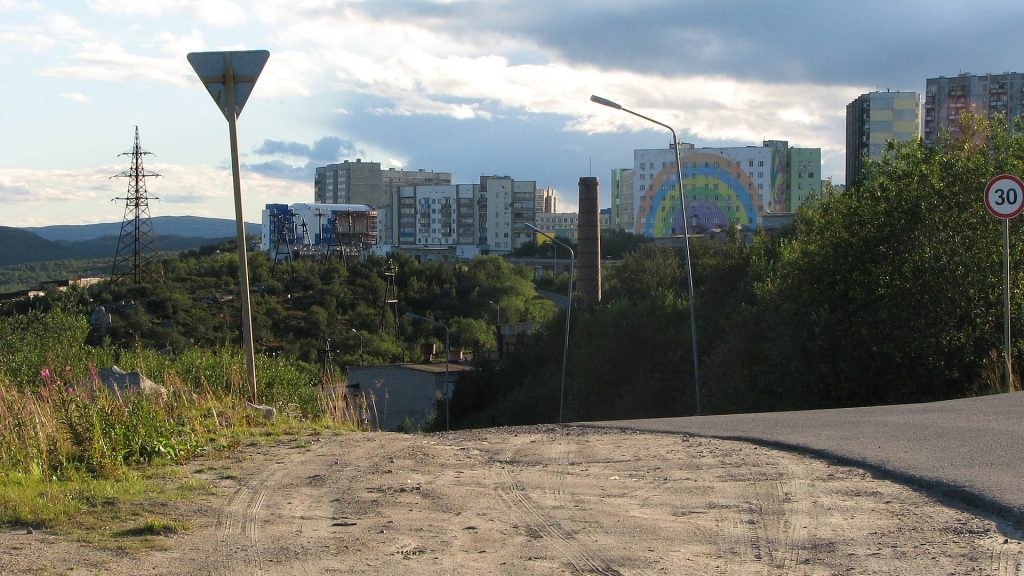What are Russian closed cities? Locally referred to as ZATO, (zakrytye administrativno-territorial’nye obrazovaniya), which translates to “closed administrative-territorial formations”. These closed cities have restricted access due to their strategic importance. Currently, these cities house military facilities, nuclear research institutions, production plants, and space and missile testing. Access to these cities is restricted, requiring permission from the Ministry of Defence or other relevant authorities. These cities often have civilians living there, they are often subjected to background checks.
Table of Contents
Why are there closed cities in Russia?
These cities prominently appeared (not on maps) during the Soviet era. Originating during Joseph Stalin’s regime, these closed cities expanded rapidly during the Cold War. Research and defense were vital for the Soviets, but also preventing espionage by foreign intelligence, these closed cities were ideal for this. These closed cities were given generic names with a number, indicating the distance from the nearest open city.
Are there Russian Closed cities today?
Currently, there are approximately over 40 closed cities in Russia. However, in recent times there has been more activity and security within and around them. The majority of the closed cities are managed by the Russian Ministry of Defence, while the rest are administered by Rosatom, the Russian state nuclear industry.
Residents in these cities often experience a high level of isolation as their movements are restricted and outsiders require special permission to enter.
Types of Closed Cities in Russia
There are three types of closed cities, Nuclear Research and Production/ Nuclear Industry, Military Installations, and Space and Missile Testing. Notable Russian closed cities include;
Sarov (Arzamas-16)
Sarov is regarded as the most significant closed city in Russia. The closed city is regarded as the birthplace of the Soviet Union’s nuclear weapons program. Located 400km east of Moscow in Nizhny Novgorod Oblast. Currently, it remains a central hub for Rosatom nuclear research and development.
Snezhinsk (Chelyabinsk-70)
Historically Snezhinsk played a vital role in the development of the nuclear arsenal for the Soviet Union. Currently, it remains a cornerstone for Russia’s nuclear weapons program and broader scientific endeavors. One of its key roles is to ensure the reliability and modernization of Russia’s nuclear arsenal.
Severomorsk (Vayenga)
Strategically located in the Murmansk Oblast on the Kola Peninsula, Severomorsk serves as the headquarters of the Russian Northern Fleet. The military installation and the port serve Russia’s Arctic naval operations into the artic region. In recent times, Russia has had an increasing military presence due to future trade routes and natural resources.
Ozersk (Chelyabinsk-65)
Regarded as the birthplace of the Soviet Union nuclear weapons programme. Today it remains the largest and most important nuclear facility in Russia, which manages nuclear waste.
Zheleznogorsk (Krasnoyarsk-26)
Located in the heart of Siberia, Zheleznogorsk was critical for the production of plutonium, vital for the Soviet nuclear weapons program. Its unique underground facilities allow it to manage nuclear waste and is heavily involved in Russian space technology.
To learn more about Zheleznogorsk, after the collapse of the Soviet Union. See all our tours to Russia.








